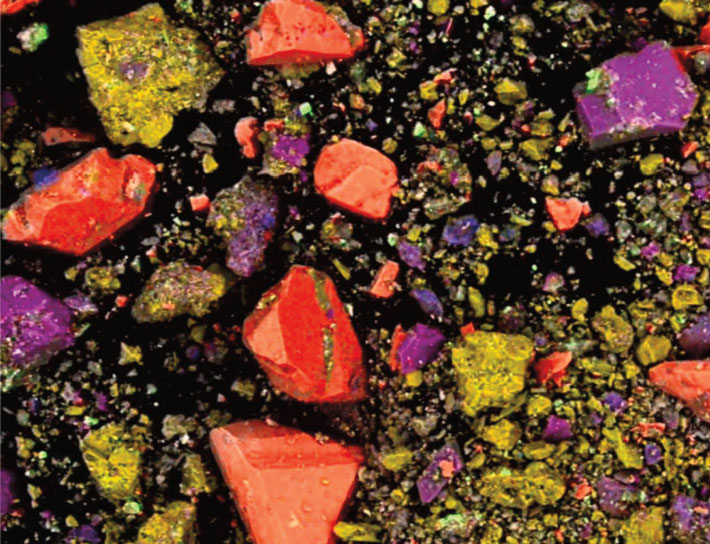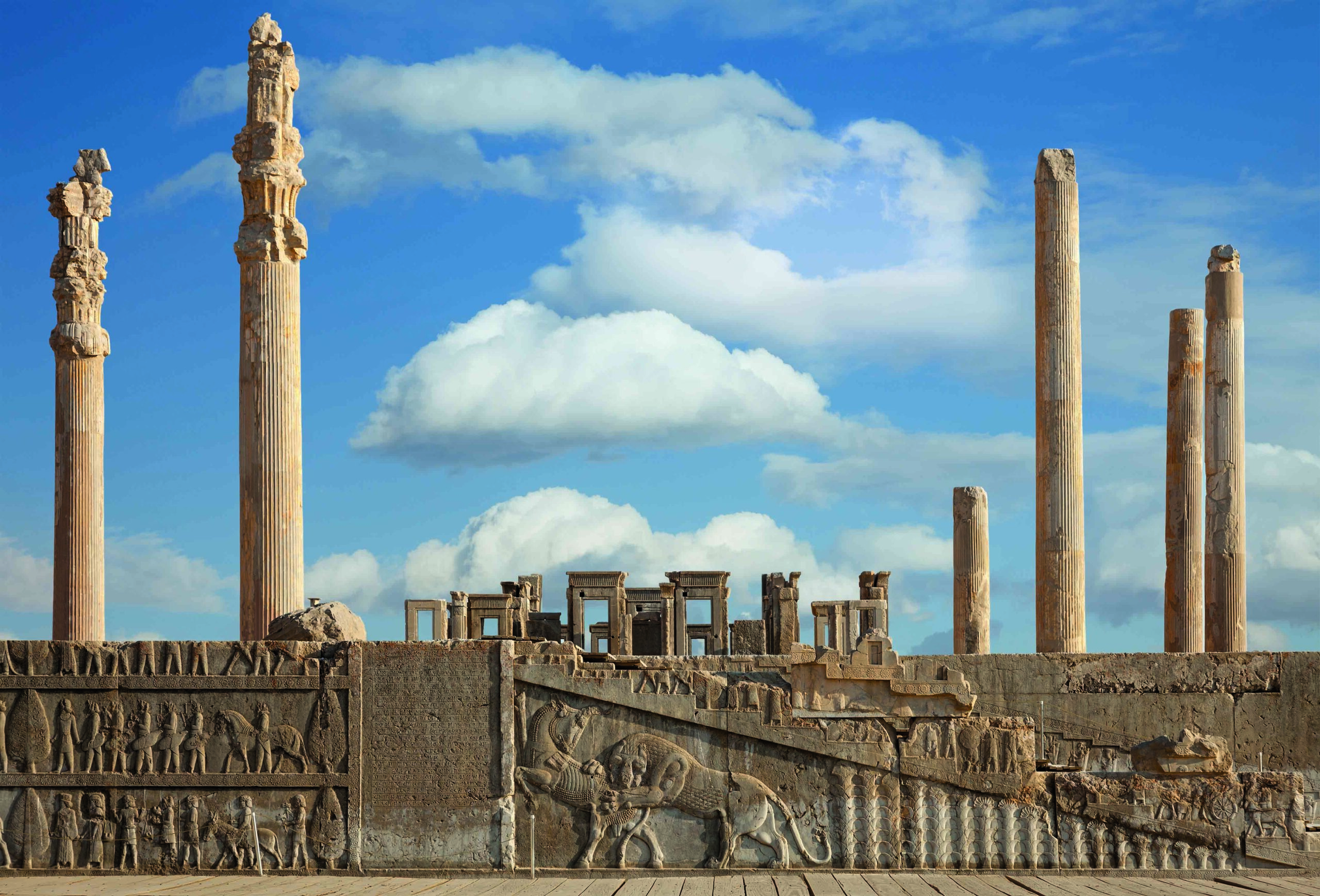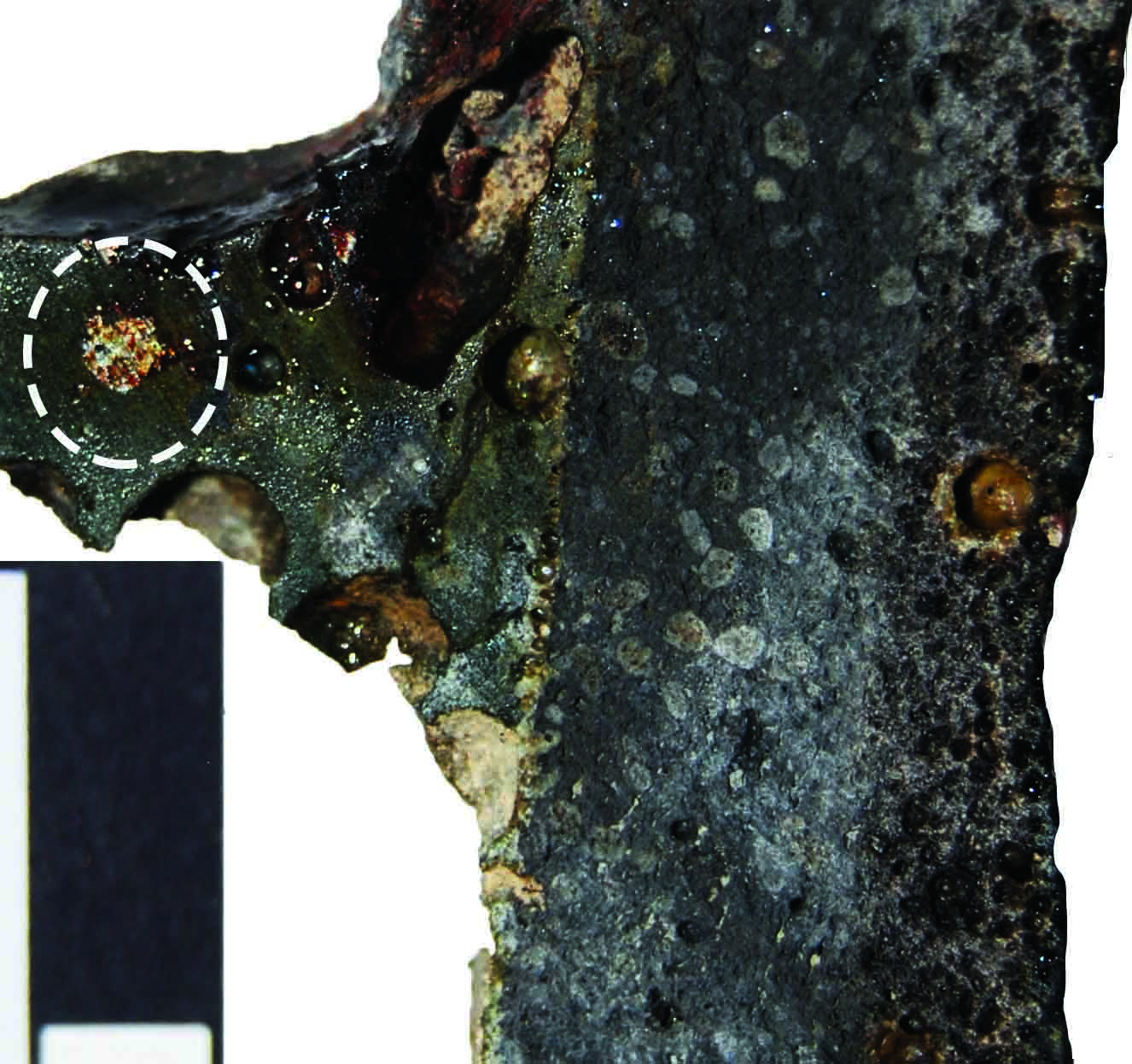
LONDON, ENGLAND—Gizmodo reports that evidence unearthed at Chahak, an archaeological site in southern Iran, suggests that ancient Persians added a chromium mineral to their alloys to produce low-chromium steel in the eleventh century A.D. It had been previously thought that chromium steel, also known as stainless steel, was first produced in the twentieth century. Steel was produced at the site by placing a mixture of iron and other minerals, including about one to two percent chromium and two percent phosphorus, in long, tubular crucibles, which were sealed and warmed in a furnace. After the metal and crucible had cooled, the crucible was broken open and the ingot removed. The addition of chromium made the strong and hard metal, which was probably used to produce swords, daggers, and armor, according to Rahil Alipour of University College London. The phosphorus, however, added to reduce the melting point of the mixture, made it fragile. “Chahak chromium crucible steel would have been similar in terms of its properties to modern tools steel,” Alipour said. Documents from the period noted that blades made in Chahak sold for a high price, but could be brittle. The presence of chromium could be used to identify items produced at Chahak, he added. To read about traces of chromium detected on the bronze weapons of China's Terracotta Warriors, go to "World Roundup: China."










